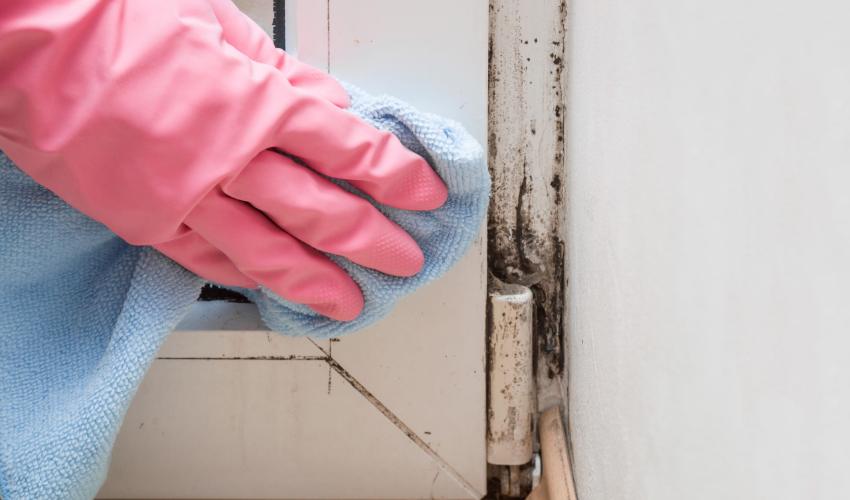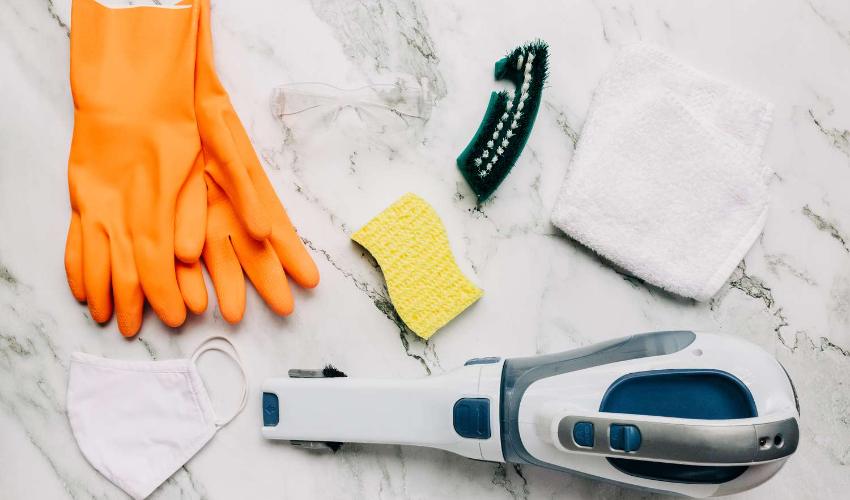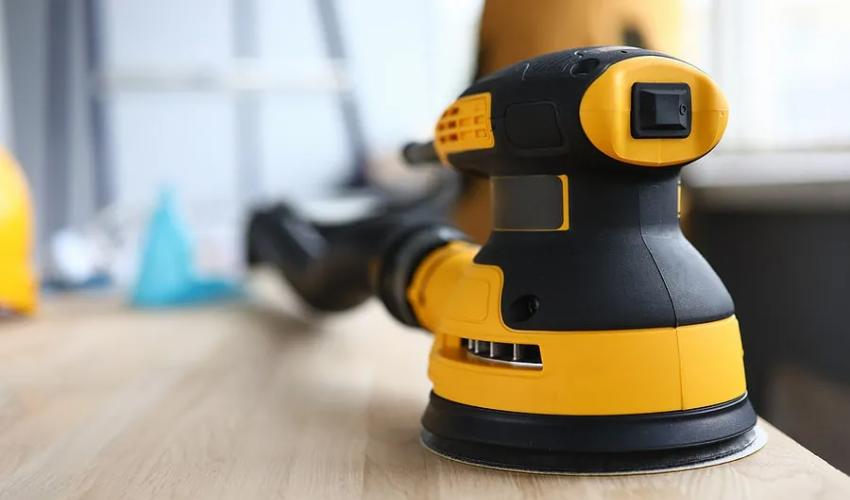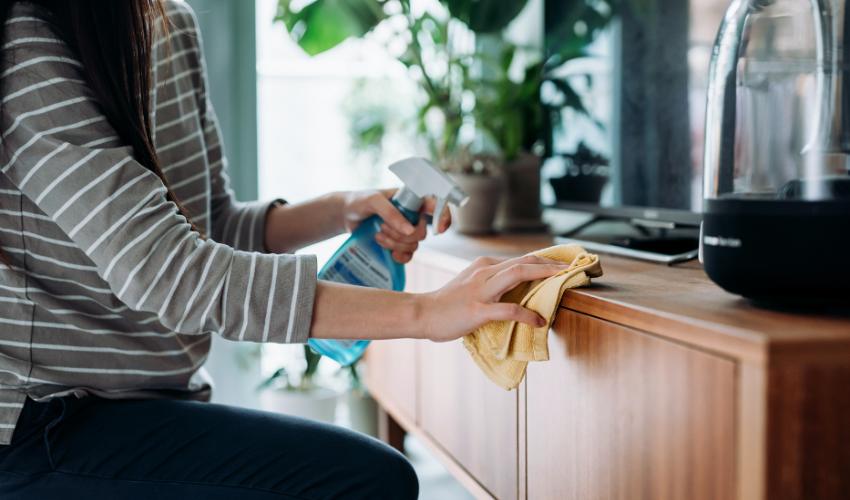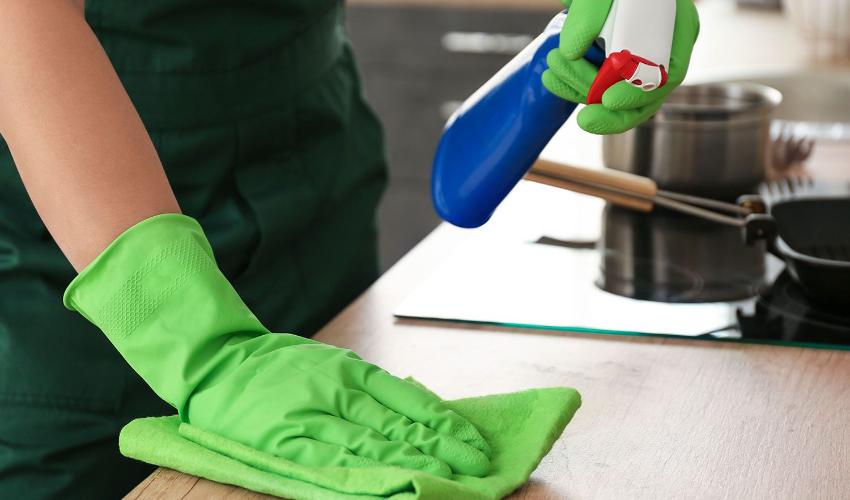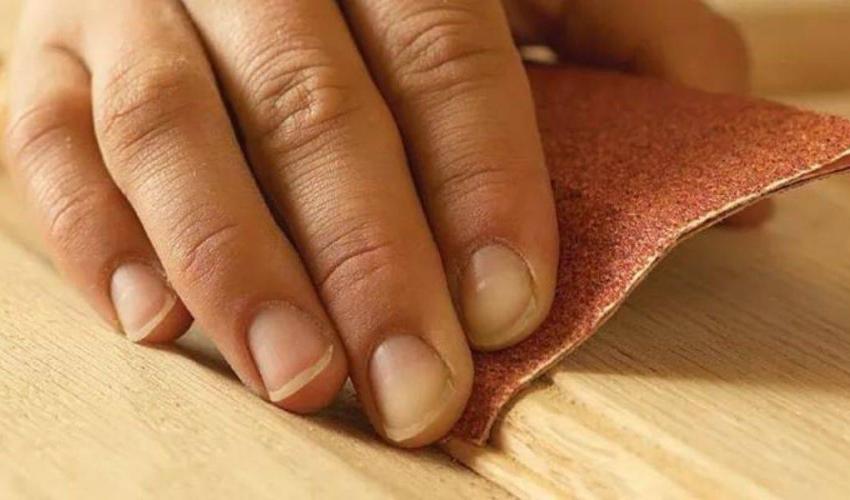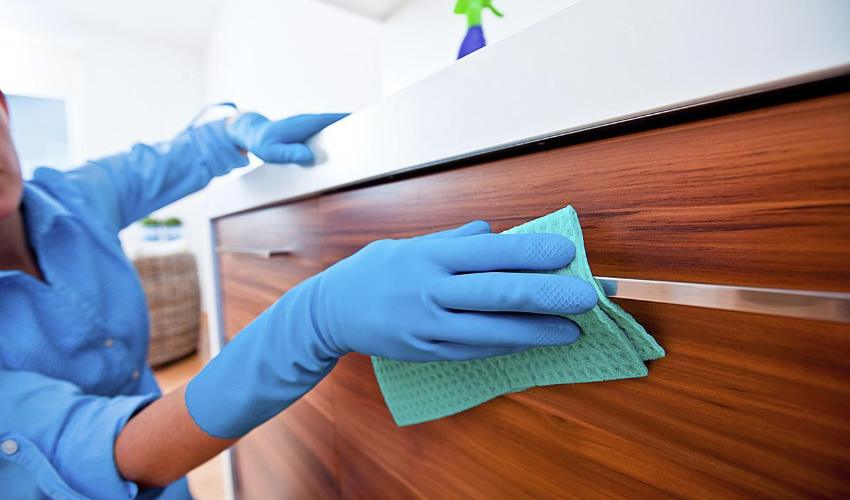Mold can be a potential hazard when it comes to maintaining the durability of your home furniture. Its sudden appearance not only destroys the aesthetic appeal but also spreads allergic spores for health risks. However, with an appropriate approach, you can easily remove mold from your wood furniture and restore its former appearance and structure. In this comprehensive guide by Dubai Curtain, we will walk you through five straightforward and effective steps to clean fungus and retain your wooden furniture’s charm.
Cleaning Mold Off Wood Furniture | A Step-By-Step Guide
Before cleaning the mold from wood, it must be ensured to know the basic root cause of its propagation. Otherwise, it will promptly damage the wooden fibers and destroy the durability of your furniture. Always adopt safety measures such as wearing glasses, masks, and gloves to protect yourself from any sort of fungal infection. Moreover, try to work in a wide space for keeping fresh air and better ventilation.
We have enlisted five incredible strategies to clear out mold from wood furniture to restore its structure and appearance.
Supplies You’ll Need
- Safety Glasses
- Latex Gloves
- Wearing Mask
- White Vinegar
- Mild Dishwashing solution
- Sand Paper
- Bleaching Solution
- Vacuum With HEPA filter
- Spray Bottle
- Sponge or Brush
- Clean container
Step 1: Adopt Protective Measures
The foremost crucial step in the removal of mold from the wood surfaces is adopting protective measures. Because fungal growth is severely hazardous to health in terms of allergic reactions and respiratory contradictions.
- Use protective glasses
- Wear a mask to prevent spores from inhaling
- Use latex gloves to prevent skin from allergic reaction
Step 2: Vacuum the Surface with HEPA Filter
After cleaning with an effective solution, you can use a vacuum with HEPA (High-efficiency particulate air) filter. The use of a vacuum will remove the fungal spores and prevent it from dispersing in the air. This filter will trap all the microfungal spores from the surface.
Step 3: Choose an Effective Cleaning Solution
White Vinegar Solution
White vinegar is a natural and effective antifungal agent for removing mold from wood. Its acidity helps vanishing 82% of the mold, making it facile to scrub away.
- To prepare white vinegar solution, you have to mix equal (50/50) parts of water and white vinegar in a container or bottle.
- However, you can use a spray bottle to spray the white vinegar solution to the fungal-affected surface of your furniture.
- After spraying this solution, wait for 1 hour to let the solution completely penetrate into fungus accumulated on the surface of the custom furniture.
- Now, you can rinse this sprayed area with normal water to clean the surface from mold and solution residue.
- It must be ensured that the surface should be completely dried after treatment and rinsing. Because the remaining moisture content will again allow the fungal growth on a clean surface.
Dishwashing Solution
The use of dishwashing solutions for mold cleaning is another common and effective method.
- For this purpose, you need to make a water and detergent solution by adding a few drops of dishwashing detergent to the water.
- Moreover, you can use a brush, sponge, or a clean spray bottle to gently spray the prepared solution onto the moldy surface of your furniture.
- While working with a detergent solution to remove mold, always adopt protective measures.
- However, you can dip the sponge or brush into the solution of detergent and scrub the affected area.
- Once you’re done with scrubbing, rinse the surface with clean water to remove the detergent residue.
Bleach Solution
Bleach solution is another effective removing agent for wooden surfaces.
- To prepare the bleach solution, you need to add water and bleach in a 2:1 ratio.
- Add both bleach and water to a clean container and mix with a stirrer.
- After gently mixing the solution, dip the clean brush in this solution and start scrubbing on the affected surface of the furniture.
- After scrubbing, wash the wooden surface with warm water to eliminate the detergent residue.
Step 4: Sand the surface
After vacuuming and cleaning the furniture surface, you can use sandpaper (100 grit) to rub on the affected surface. The rubbing of sandpaper will eliminate the outer layer of affected furniture to restore its aesthetic and elegance. Repeat the same process with another sandpaper of 220 grit by considering the woody nature of your furniture piece.
Step 5: Clean and Dry the Surface
After following all the above-mentioned steps you need to clean and dry the fungal-affected surface to maintain a sterile environment. Because the remaining moisture and cleaning agent will create a condensation environment and allow prompt fungal growth. For this purpose, you can use paper, a clean cloth, or a towel to rub and dry the surface.
Conclusion
Eliminating mold from your woody furniture surface is not only about aesthetics but it’s a matter of health safety and the preservation of quality and durability of furniture. With these five easy steps, you can effectively combat fungal growth and mildew, ensuring your furniture remains a source of elegance in your home. A clean, fungus-free environment not only prevents your furniture from damage but also contributes to a healthier and more pleasing living space.

